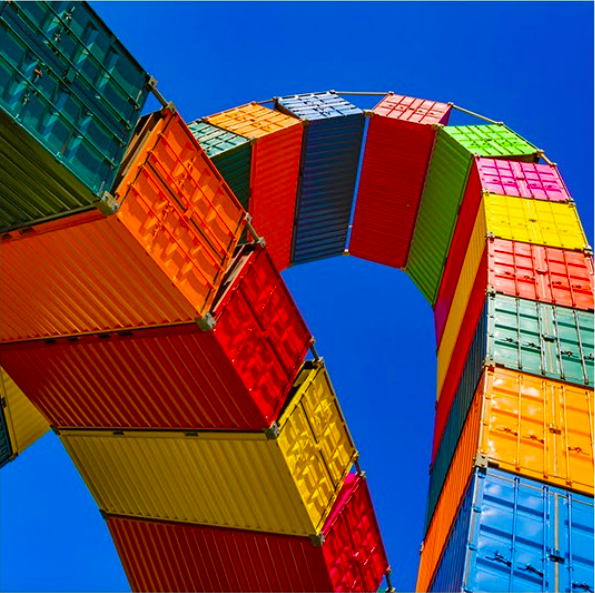Exporting can be a great way to grow your business, but the process is fraught with challenges, especially for first-time exporters. Making mistakes in the early stages can be costly, both financially and in terms of time. Here’s a guide to the most common mistakes first-time exporters face and how to avoid them to ensure a successful experience.
- Lack of Market Research
One of the most common mistakes is not properly researching the target market. Exporting to a new country without understanding its needs, the demand for your product or local competitors can result in disappointing sales or poor brand positioning. Each country has its own market characteristics, culture and consumer habits, so it is essential to invest time in getting to know these aspects thoroughly before making decisions.
How to avoid it: Conduct a complete market research. Identify what products are in demand, how local consumers prefer to buy, and what trade barriers might exist. Consult market reports, seek professional advice or work with local distributors who understand the dynamics of the country.
- Underestimating Export Costs
Another common mistake is not taking into account all the costs associated with exporting. Transportation costs, insurance, customs fees and compliance with international regulations can add up quickly, which could erode your profit margins if they are not properly calculated from the start. Plus, additional costs such as product customization or marketing in a new market can significantly impact the budget.
How to avoid it: Make sure you have a clear estimate of all costs associated with exporting. Work with logistics companies to provide detailed quotes and make sure your profit margins are still viable after including these expenses.
- Not Tailoring the Product to the Local Market
Every market is different, and a product that is successful in one country may not work in another without adaptations. Local regulations, such as labeling requirements or ingredient restrictions, may require modifications to your products. Ignoring these factors can result in customs problems or lack of acceptance by local consumers.
How to avoid it: Thoroughly research local regulations.

